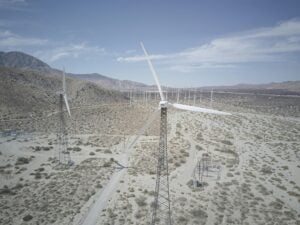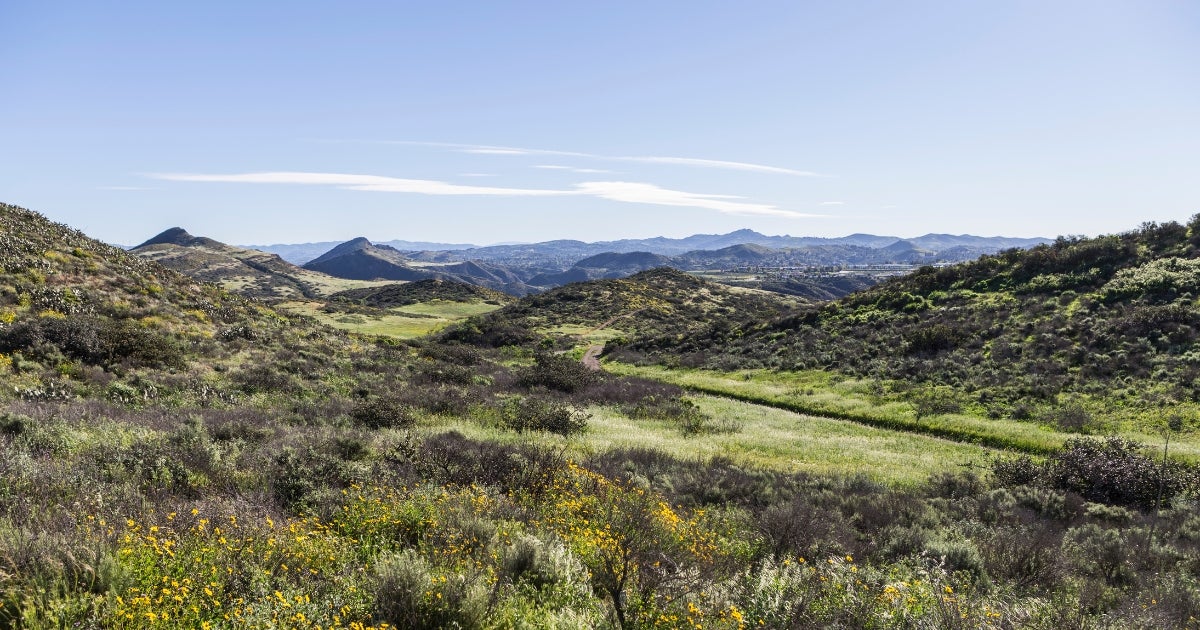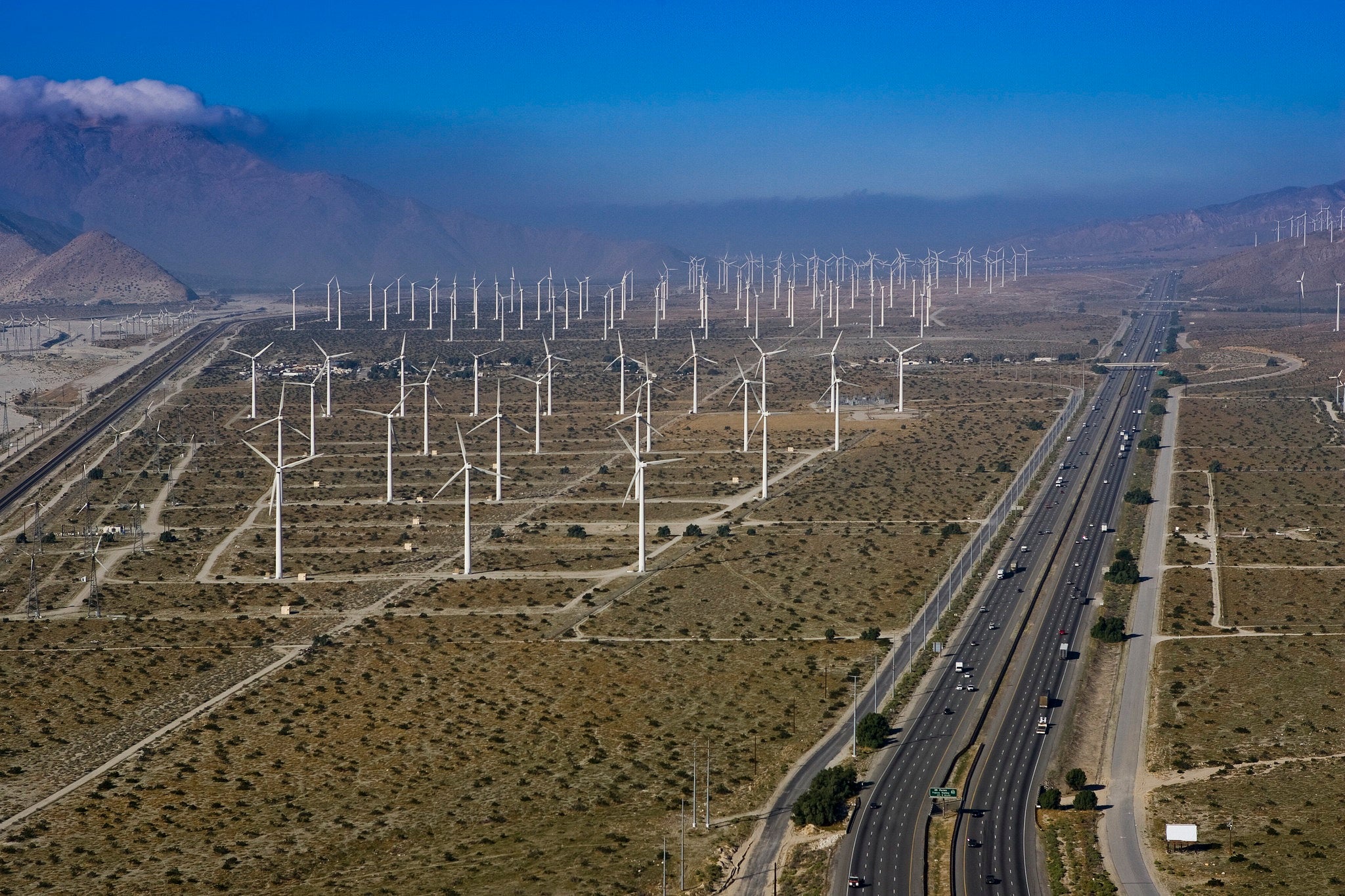
California’s carbon market continues to fund much-needed climate action with third auction
Results of the latest Western Climate Initiative (WCI) auction were released today. While the auction sold out for the 16th consecutive time, a decline in the settlement price indicates potential market uncertainty about the cap-and-trade program’s design in the future.
This auction is expected to generate roughly $950 million for the Greenhouse Gas Reduction Fund (GGRF), which is dedicated to supporting initiatives aimed at strengthening climate resilience and reducing greenhouse gas emissions. The GGRF is critical to California’s climate strategy. In the past 10 years, climate investments like GGRF have cut emissions in California by 109.2 million metric tons — the equivalent of the annual emissions of more than 25 million cars — by investing in projects like building affordable housing near job centers, adding zero-emissions transport options, and more.
August auction results
- All 51,179,715 current vintage allowances offered for sale were purchased, resulting in the 16th consecutive sold out auction. This is 409,773 /fewer allowances than were offered at the previous auction.
- The current auction settled at a price of $30.24, $6.20 above the $24.04 price floor and $6.78 below the May settlement price of $37.02.
- All of the 7,211,000 future vintage allowances offered for sale were purchased. These allowances can be used for compliance beginning in 2027. This is the same number of future vintage allowances that were offered at the previous advance auction.
- Future vintage allowances settled at $29.75, $5.71 above the $24.04 floor price and $8.60 below the May settlement price of $38.35.
What factors may be at play with these results?
Pre-2030 Uncertainty: Need for Clarity from CARB
The slightly lower-than-expected prices in this auction could be signaling a broader market uncertainty surrounding California’s cap-and-trade program, though it’s important to note that this was still a sold-out auction. Market participants appear cautious, reflecting uncertainty about when and by how much the California Air Resources Board (CARB) will tighten the program. CARB needs to act quickly in this rulemaking to at the very least provide certainty around timing and ambition levels. There is one more quarterly auction to be held this year — the final auction before the end of the current compliance period — so entities may be waiting for more information from CARB this fall on the pre-2030 program.
Post-2030 Uncertainty: Need for Legislative Action
Compounding the uncertainty in CARB’s process is the ongoing discussion of what cap and trade could look like after 2030. The legislature must act in the next legislative session to ensure that this program continues to provide both revenue and the emissions reductions necessary to meet California’s long-term climate goals.
The drop in prices in the advanced auction was more pronounced than the drop in the current vintage auction, further driving home the need of market participants for long-term market certainty. If a company is certain that cap and trade is going to be around for years to come, they are more likely to make major investments in decarbonization. If the future is unclear, they may take a “wait and see” approach and not invest in new technology, for example. This is why it is so crucial to ensure long-term durability of this policy by reauthorizing the cap and trade program beyond 2030, and for the Legislature to do so as soon as possible.
At the end of the day, the critical part of a successful cap-and-trade program isn’t the allowance price itself — it’s the reductions in greenhouse gas emissions. As CARB moves forward with this consequential rulemaking, it must pursue the scenario that maximizes ambition by removing at least 265 million allowances — representing 265 million metric tons of greenhouse gas emissions — from the pool of allowances that goes to auctions and direct allocation. This is the best pathway to maximize near-term reductions. As prices trend upward with fewer allowances available, facilities covered by the program will invest in near-term emission cuts, which decreases the cumulative emissions impact on the climate. This is crucial for minimizing long-term climate damage and is exactly why it’s so important for CARB to pursue an ambitious reduction pathway in this upcoming rulemaking.
Stay tuned to our blog for more updates on WCI auctions and on potential changes to this landmark California policy!












